All Categories
View All >-
 O.D. D TIMKEN 160RYL1467 Four-Row Cylindrical Roller Radial BearingsSee More>
O.D. D TIMKEN 160RYL1467 Four-Row Cylindrical Roller Radial BearingsSee More> -
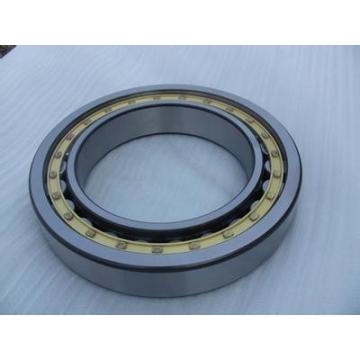 r - Fillet Chamfer TIMKEN B-3653-B Thrust cylindrical roller bearingsSee More>
r - Fillet Chamfer TIMKEN B-3653-B Thrust cylindrical roller bearingsSee More> -
 Type TIMKEN A-5234-WS A5200 Metric Cylindrical Roller Radial BearingSee More>
Type TIMKEN A-5234-WS A5200 Metric Cylindrical Roller Radial BearingSee More> -
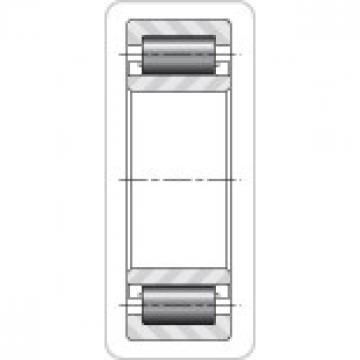 Bearing Weight TIMKEN 280RU30R3 Cylindrical Roller Radial BearingSee More>
Bearing Weight TIMKEN 280RU30R3 Cylindrical Roller Radial BearingSee More>
Featured Products
Our Manufacturer with main products: Four-Row Cylindrical Roller Radial Bearings, Thrust cylindrical roller bearings, A5200 Metric Cylindrical Roller Radial Bearing
-
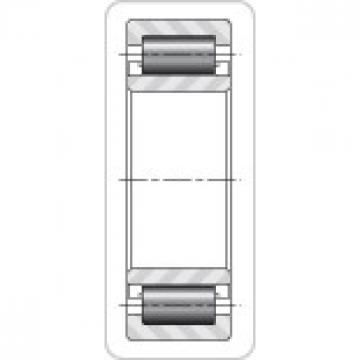 Bearing Weight TIMKEN 280RU30R3 Cylindrical Roller Radial Bearing
Bearing Weight TIMKEN 280RU30R3 Cylindrical Roller Radial Bearing
-
 d - Bore TIMKEN 530RU30OB630R3 Cylindrical Roller Radial Bearing
d - Bore TIMKEN 530RU30OB630R3 Cylindrical Roller Radial Bearing
-
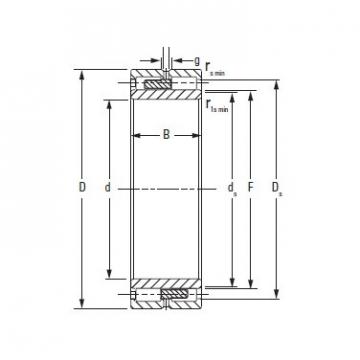 Weight TIMKEN NNU4192MAW33 Cylindrical Roller Radial Bearing
Weight TIMKEN NNU4192MAW33 Cylindrical Roller Radial Bearing
-
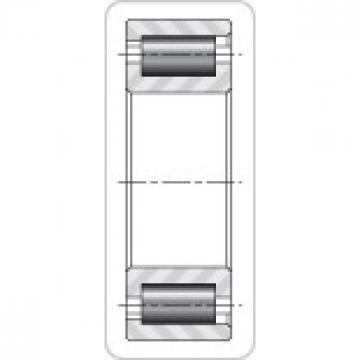 r - Outer Ring To Clear Radius5 TIMKEN NF5142M Cylindrical Roller Radial Bearing
r - Outer Ring To Clear Radius5 TIMKEN NF5142M Cylindrical Roller Radial Bearing
-
 Design Units TIMKEN 190RU30OA107R3 Cylindrical Roller Radial Bearing
Design Units TIMKEN 190RU30OA107R3 Cylindrical Roller Radial Bearing
-
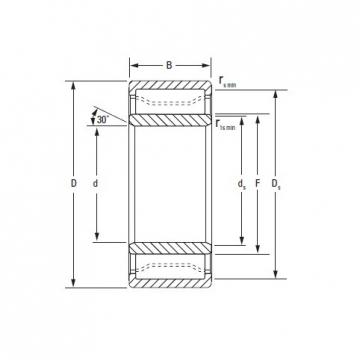 Thermal Speed Ratings - Oil TIMKEN A-5226-WS Cylindrical Roller Radial Bearing
Thermal Speed Ratings - Oil TIMKEN A-5226-WS Cylindrical Roller Radial Bearing
-
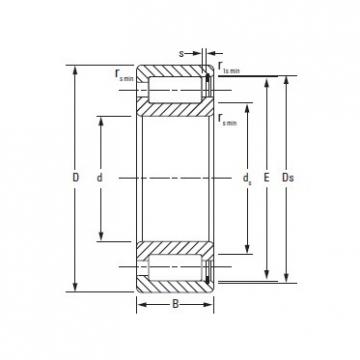 Chamfer r1smin4 TIMKEN NCF18/560V Cylindrical Roller Radial Bearing
Chamfer r1smin4 TIMKEN NCF18/560V Cylindrical Roller Radial Bearing
-
 C0 - Static Radial Rating TIMKEN 320RU30OC1175R4 Cylindrical Roller Radial Bearing
C0 - Static Radial Rating TIMKEN 320RU30OC1175R4 Cylindrical Roller Radial Bearing
-
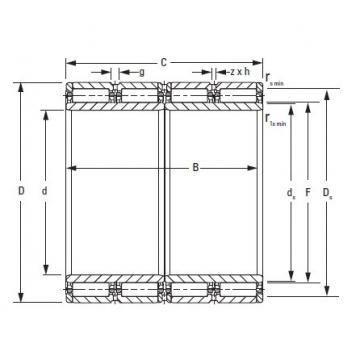 Dynamic Load Rating C11 TIMKEN 710RX3006 Cylindrical Roller Radial Bearing
Dynamic Load Rating C11 TIMKEN 710RX3006 Cylindrical Roller Radial Bearing
-
 Backing Housing Diameter Ds TIMKEN NNU40/500MAW33 Cylindrical Roller Radial Bearing
Backing Housing Diameter Ds TIMKEN NNU40/500MAW33 Cylindrical Roller Radial Bearing
-
 Width C TIMKEN 330RX1922 Cylindrical Roller Radial Bearing
Width C TIMKEN 330RX1922 Cylindrical Roller Radial Bearing
-
 Thermal Speed Ratings - Oil TIMKEN NNU4080MAW33 Cylindrical Roller Radial Bearing
Thermal Speed Ratings - Oil TIMKEN NNU4080MAW33 Cylindrical Roller Radial Bearing
-
 Weight TIMKEN 800RX3165 Cylindrical Roller Radial Bearing
Weight TIMKEN 800RX3165 Cylindrical Roller Radial Bearing
-
 Type TIMKEN 820RX3264 Cylindrical Roller Radial Bearing
Type TIMKEN 820RX3264 Cylindrical Roller Radial Bearing
-
 D - Outer Diameter TIMKEN TA4020V Cylindrical Roller Radial Bearing
D - Outer Diameter TIMKEN TA4020V Cylindrical Roller Radial Bearing
-
 Reference Thermal Speed Rating (Oil)2 TIMKEN 300RU92AD1112R3 Cylindrical Roller Radial Bearing
Reference Thermal Speed Rating (Oil)2 TIMKEN 300RU92AD1112R3 Cylindrical Roller Radial Bearing
-
 Geometry Factor Cg2 TIMKEN NNU4972MAW33 Cylindrical Roller Radial Bearing
Geometry Factor Cg2 TIMKEN NNU4972MAW33 Cylindrical Roller Radial Bearing
-
 D - Outer Diameter TIMKEN 200RU91R3 Cylindrical Roller Radial Bearing
D - Outer Diameter TIMKEN 200RU91R3 Cylindrical Roller Radial Bearing
-
 Speed Ratings - Oil TIMKEN HJ-8010432 Cylindrical Roller Radial Bearing
Speed Ratings - Oil TIMKEN HJ-8010432 Cylindrical Roller Radial Bearing
-
 Bearing Weight TIMKEN 150RU51OO771R3 Cylindrical Roller Radial Bearing
Bearing Weight TIMKEN 150RU51OO771R3 Cylindrical Roller Radial Bearing
-
 Width B TIMKEN 700RX2964A Cylindrical Roller Radial Bearing
Width B TIMKEN 700RX2964A Cylindrical Roller Radial Bearing
-
 Weight TIMKEN 600RX2643A Cylindrical Roller Radial Bearing
Weight TIMKEN 600RX2643A Cylindrical Roller Radial Bearing
-
 d - Bore TIMKEN 180RU91AO774R3 Cylindrical Roller Radial Bearing
d - Bore TIMKEN 180RU91AO774R3 Cylindrical Roller Radial Bearing
-
 Design Units TIMKEN 170RU93R3 Cylindrical Roller Radial Bearing
Design Units TIMKEN 170RU93R3 Cylindrical Roller Radial Bearing
-
 Chamfer r1smin4 TIMKEN NCF18/710V Cylindrical Roller Radial Bearing
Chamfer r1smin4 TIMKEN NCF18/710V Cylindrical Roller Radial Bearing
-
 O.D. D TIMKEN 770RX3151 Cylindrical Roller Radial Bearing
O.D. D TIMKEN 770RX3151 Cylindrical Roller Radial Bearing
-
 da - Inner Ring Backing Diameter TIMKEN NU3034EMA Cylindrical Roller Radial Bearing
da - Inner Ring Backing Diameter TIMKEN NU3034EMA Cylindrical Roller Radial Bearing
-
 Width B TIMKEN A-5222-WS Cylindrical Roller Radial Bearing
Width B TIMKEN A-5222-WS Cylindrical Roller Radial Bearing
-
 Reference Thermal Speed Rating (Grease) TIMKEN 220RU91R4 Cylindrical Roller Radial Bearing
Reference Thermal Speed Rating (Grease) TIMKEN 220RU91R4 Cylindrical Roller Radial Bearing
-
 Chamfer rsmin TIMKEN 761RX3166B Cylindrical Roller Radial Bearing
Chamfer rsmin TIMKEN 761RX3166B Cylindrical Roller Radial Bearing
-
 C - Inner Ring Width TIMKEN 180RU91R3 Cylindrical Roller Radial Bearing
C - Inner Ring Width TIMKEN 180RU91R3 Cylindrical Roller Radial Bearing
-
 Type TIMKEN 530RU30AF1874R3 Cylindrical Roller Radial Bearing
Type TIMKEN 530RU30AF1874R3 Cylindrical Roller Radial Bearing
-
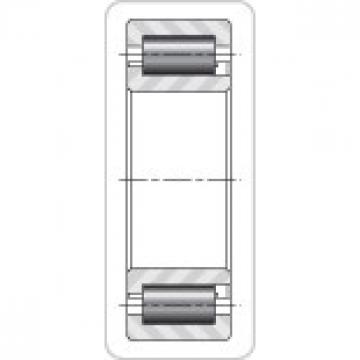 Tapered Bore TIMKEN 190RJ92R4 Cylindrical Roller Radial Bearing
Tapered Bore TIMKEN 190RJ92R4 Cylindrical Roller Radial Bearing
-
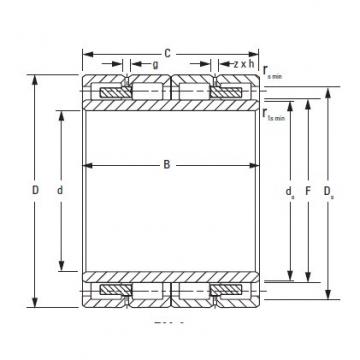 Weight TIMKEN 240RY1668 Cylindrical Roller Radial Bearing
Weight TIMKEN 240RY1668 Cylindrical Roller Radial Bearing
-
 Da - Outer Ring Backing Diameter TIMKEN NJ29/710MA Cylindrical Roller Radial Bearing
Da - Outer Ring Backing Diameter TIMKEN NJ29/710MA Cylindrical Roller Radial Bearing
-
 Cg - Geometry Factor3 TIMKEN NU2088EMAW220 Cylindrical Roller Radial Bearing
Cg - Geometry Factor3 TIMKEN NU2088EMAW220 Cylindrical Roller Radial Bearing
-
 Chamfer rsmin TIMKEN 761RX3166 Cylindrical Roller Radial Bearing
Chamfer rsmin TIMKEN 761RX3166 Cylindrical Roller Radial Bearing
-
 C - Inner Ring Width TIMKEN 200RU91BO858R3 Cylindrical Roller Radial Bearing
C - Inner Ring Width TIMKEN 200RU91BO858R3 Cylindrical Roller Radial Bearing
-
 Design Units TIMKEN 220RJ51 Cylindrical Roller Radial Bearing
Design Units TIMKEN 220RJ51 Cylindrical Roller Radial Bearing
-
 da - Inner Ring Backing Diameter TIMKEN 240RU91OA107R3 Cylindrical Roller Radial Bearing
da - Inner Ring Backing Diameter TIMKEN 240RU91OA107R3 Cylindrical Roller Radial Bearing
Four-Row Cylindrical Roller Radial Bearings FAQS
QWhat is Cylindrical Roller Bearing?
ACylinder rollers and raceways are linear contact bearings. Large load capacity, mainly bear radial load. The friction between the rolling body and the ring is small and suitable for high-speed rotation. According to the baffled ring, single cylindrical roller bearings such as NU, NJ, NUP, N, and NF can be divided into two columns of cylindrical roller bearings such as NU and NN. The bearing is a detachable structure of the inner ring and the outer ring. A cylindrical roller bearing with an inner ring or an outer ring without a stopper can be used as a free end bearing because the inner and outer rings can be moved in an axial direction. There are double benders on one side of the inner ring and the outer ring, and a cylindrical roller bearing with a single bounding on the other side can withstand a certain degree of axial load in one direction. The steel stamping holder is generally used, or the copper alloy vehicle is made of a solid holder. However, some of them also use a polyamide forming holder.
QHow to Wash bearings?
AWhen removing the bearing for inspection, make a good appearance record by means of photography. In addition, confirm the amount of residual lubricant and sample the lubricant before cleaning the bearings. A) The cleaning of the bearings is done in coarse and fine washing, and a metal mesh frame can be placed at the bottom of the container used. When washing rough, remove grease or adhesives in oil with brushes, etc.. If the bearing rotates in the oil at this time, note that the rolling surface will be damaged due to foreign matter. C, fine wash, in the oil slowly rotating bearings, must be carried out carefully. The cleaning agent commonly used is neutral water-free diesel or kerosene, and sometimes warm lye is used as needed. Whatever cleaning agent you use, always filter to keep it clean. Immediately after cleaning, apply anti-rust oil or anti-rust grease on the bearing.
QHow to take down Cylindrical Roller Bearing?
ABearing disassembly is regular maintenance, bearing replacement is carried out. After disassembly, if it continues to be used, or if it is necessary to check the state of the bearing, the disassembly must be carried out as carefully as when it was installed. Be careful not to damage the parts of the bearing, especially if the bearing is disassembled. The outer ring is removed from the outer ring, and several outer ring extrusion screws are set up on the circumference of the shell in advance. The screw is tightened equally on one side and dismantled on the other. These screw holes are usually covered with separate bearings such as blind plugs, conical roller bearings, etc.. Several incisions are placed on the shell to block the shoulder, gasket blocks are used, and pressure presses are used to remove or gently knock. The removal of the inner ring can be pulled out with a press. At this point, pay attention to allow the inner ring to bear its pull. In addition, the pull card set shown is also mostly used. Regardless of the type of card set, it must be firmly stuck on the side of the inner circle. For this purpose, the size of the axle gear shoulder should be considered, or the upper groove should be processed at the cover should be studied for the use of pull clips.
QHow to adjust the radial clearance of cylindrical roller bearings?
AThe commonly used methods for adjusting the radial clearance of the fully loaded cylindrical roller bearings are as follows: 1, The side gap of cylindrical and elliptical axle tiles can be adjusted by manual scraping or by trimming and scraping in the bearings. 2, The top gap of cylindrical and elliptical axle tiles can be adjusted by manual scraping or when circumstances permit. 3, for the multi-oil wedge fixed shaft tiles, in principle, scraping and adjustment of the shaft tile gap are not allowed, and new tiles should be replaced when the gap is not appropriate. 4, for the multi-oil wedge tiltable shaft tiles, no repair is allowed to scratch the tile, the gap should be replaced due to the gap. For tiles with adjustable thickness, the amount of tile can be adjusted by adjusting the bottom of the tile with stainless steel pads, or by reducing the thickness of the tile. Note that the thickness error of the same block should be less than 0.01 mm for the tiltable shaft tiles with many oil wedges.
Hot Searches
- • Thermal Speed Ratings - Oil TIMKEN A-5226-WS Cylindrical Roller Radial Bearing PDF
- • Speed Ratings - Oil TIMKEN HJ-8010432 Cylindrical Roller Radial Bearing PDF
- • Width B TIMKEN A-5222-WS Cylindrical Roller Radial Bearing PDF
- • Design Units TIMKEN 220RJ51 Cylindrical Roller Radial Bearing PDF
- • D - Outer Diameter TIMKEN 190RU92 Cylindrical Roller Radial Bearing PDF
- • Type TIMKEN A-5234-WS A5200 Metric Cylindrical Roller Radial Bearing PDF
- • Dynamic Load Rating C11 TIMKEN A-5228-WS A5200 Metric Cylindrical Roller Radial Bearing PDF
- • Chamfer r1smin4 TIMKEN A-5226-WS A5200 Metric Cylindrical Roller Radial Bearing PDF
- • Bore d TIMKEN A-5222-WS A5200 Metric Cylindrical Roller Radial Bearing PDF
- • Backing Housing Diameter Ds TIMKEN A-5232-WS A5200 Metric Cylindrical Roller Radial Bearing PDF
- • Thermal Speed Ratings - Grease TIMKEN A-5248-WM A5200 Metric Cylindrical Roller Radial Bearing PDF
- • Static Load Rating Co TIMKEN A-5236-WS A5200 Metric Cylindrical Roller Radial Bearing PDF
- Four-Row Cylindrical Roller Radial Bearings
- O.D. D TIMKEN 160RYL1467 Four-Row Cylindrical Roller Radial Bearings
- Inner-Ring Set TIMKEN 900RX3444 Four-Row Cylindrical Roller Radial Bearings
- Type TIMKEN 200RYL1544 Four-Row Cylindrical Roller Radial Bearings
- Thrust cylindrical roller bearings
- r - Fillet Chamfer TIMKEN B-3653-B Thrust cylindrical roller bearings
- Bearing ring (inner ring) WS mass NTN WS89316 Thrust cylindrical roller bearings
- Bearing ring (outer ring) GS mass NTN GS89309 Thrust cylindrical roller bearings
- A5200 Metric Cylindrical Roller Radial Bearing
- Type TIMKEN A-5234-WS A5200 Metric Cylindrical Roller Radial Bearing
- Chamfer r1smin4 TIMKEN A-5226-WS A5200 Metric Cylindrical Roller Radial Bearing
- Dynamic Load Rating C11 TIMKEN A-5228-WS A5200 Metric Cylindrical Roller Radial Bearing
- About Us
- Company Profile
- Contact Info
- Site Map
- Sitemaps


